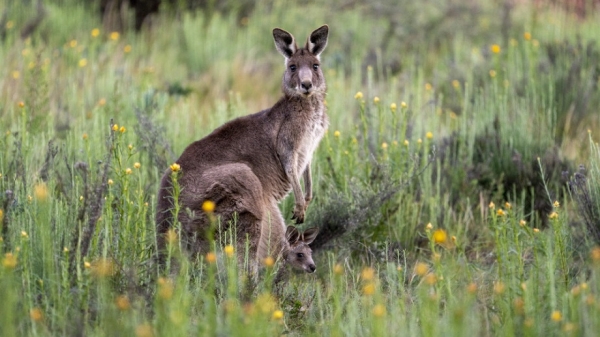Ask anyone what first springs to mind when they think of Australia and they'll most likely say a kangaroo; the marsupial is ingrained in our national identity. But have you ever wondered why kangaroos never ventured beyond our shores?
A major study led by biologists at The Australian National University (ANU) and ETH Zurich in Switzerland provides a new explanation for why you won't find kangaroos, koalas and other Aussie marsupials in Indonesia, but you will find many groups of animals that originated in Asia, such as goannas, rodents and kookaburras in Australia.
Biologists have long described this asymmetrical distribution of Australian and Asian species by using an imaginary line that separates Australia, New Guinea and parts of Indonesia from continental Southeast Asia. This invisible boundary is known as Wallace's Line.
In a new paper published in Science, the researchers say that changing plate tectonics and a dramatic shift in Earth's climate tens of millions of years ago are the reasons for the uneven distribution of Australian and Asian creatures on both sides of the invisible boundary -- finally providing an explanation for the enigma of Wallace's Line, which has long baffled scientists.
Read more at Australian National University
Photo Credit: Jamie Kidston/ANU


